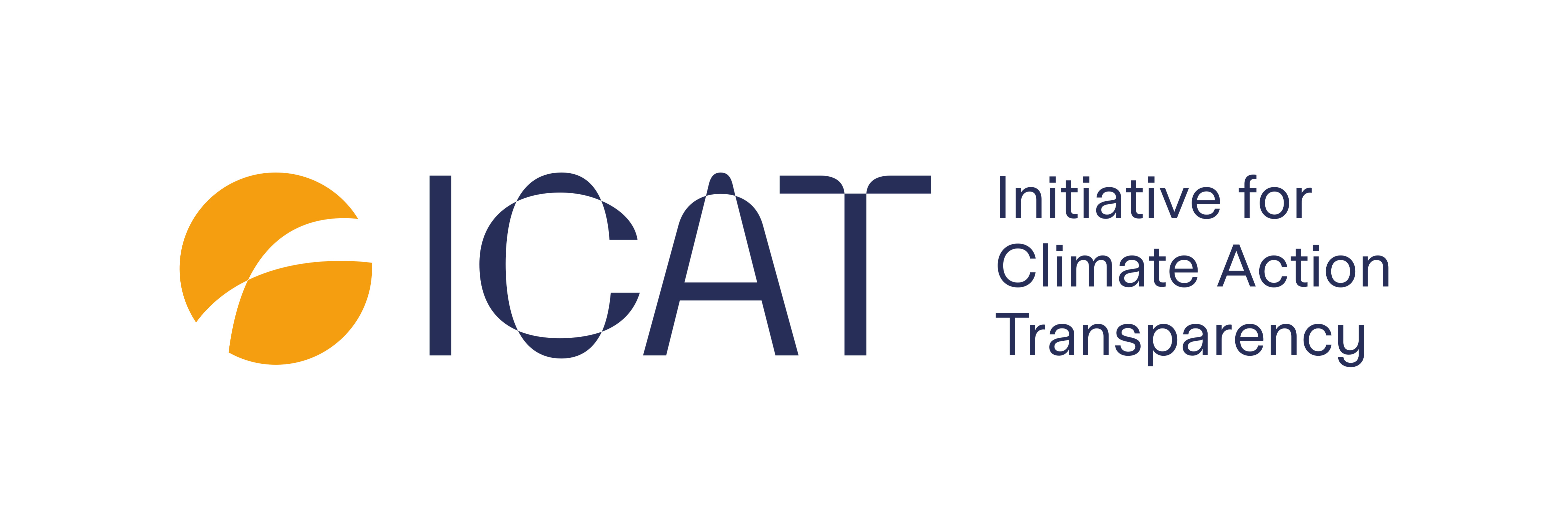An upgraded version of the Greenhouse Gas Abatement Cost Model (GACMO) is now available, enabling informed decision-making on climate change mitigation.
Providing countries with a clear understanding of the implications of their climate mitigation actions, the new GACMO version allows countries to enact meaningful change and contribute to global emissions reductions.
The new version of GACMO can be downloaded freely here.
Transparent climate action
Data on current and future greenhouse gas emissions is a prerequisite for countries to inform political decisions concerning climate action. It is also the foundation for transparent and credible climate mitigation action at national and global levels.
GACMO is a greenhouse gas emissions projections tool that has been updated and refined by the UNEP Copenhagen Climate Centre over two decades, equipping countries with a tool for navigating the complexities of emissions reductions and chart future emissions pathways.
This new version has been developed with the support of the Initiative for Climate Action Transparency (ICAT).
User friendly scenario analysis for mitigation action, NDCs and BTRs
The new version, GACMO 2.0, adheres to the well-established methodological approach of the previous version while introducing a more user-friendly interface. It has an enhanced step-by-step design, ensuring that users, regardless of their expertise, can harness the tool’s power. It also offers new options for presenting results so that they can be used to inform policymakers.
Additionally, detailed guidance and two video tutorials accompany the tool, providing comprehensive support to users.
GACMO has been an instrumental tool in enabling countries to conduct rapid, yet precise scenario analysis of how different mitigation options would impact greenhouse gas emissions. This provides valuable inputs for preparing and updating NDCs by identifying NDC targets for emissions reductions and by providing assessments of future emissions in different climate action scenarios.
GACMO can also be used to support the preparation of national climate plans and long-term strategies as well as international transparency reports such as the Biennial Transparency Reports outlined in the Paris Agreement.
By offering valuable insights into how various mitigation actions influence emissions, GACMO 2.0 can be an indispensable resource in the quest for sustainable and impactful climate action.



